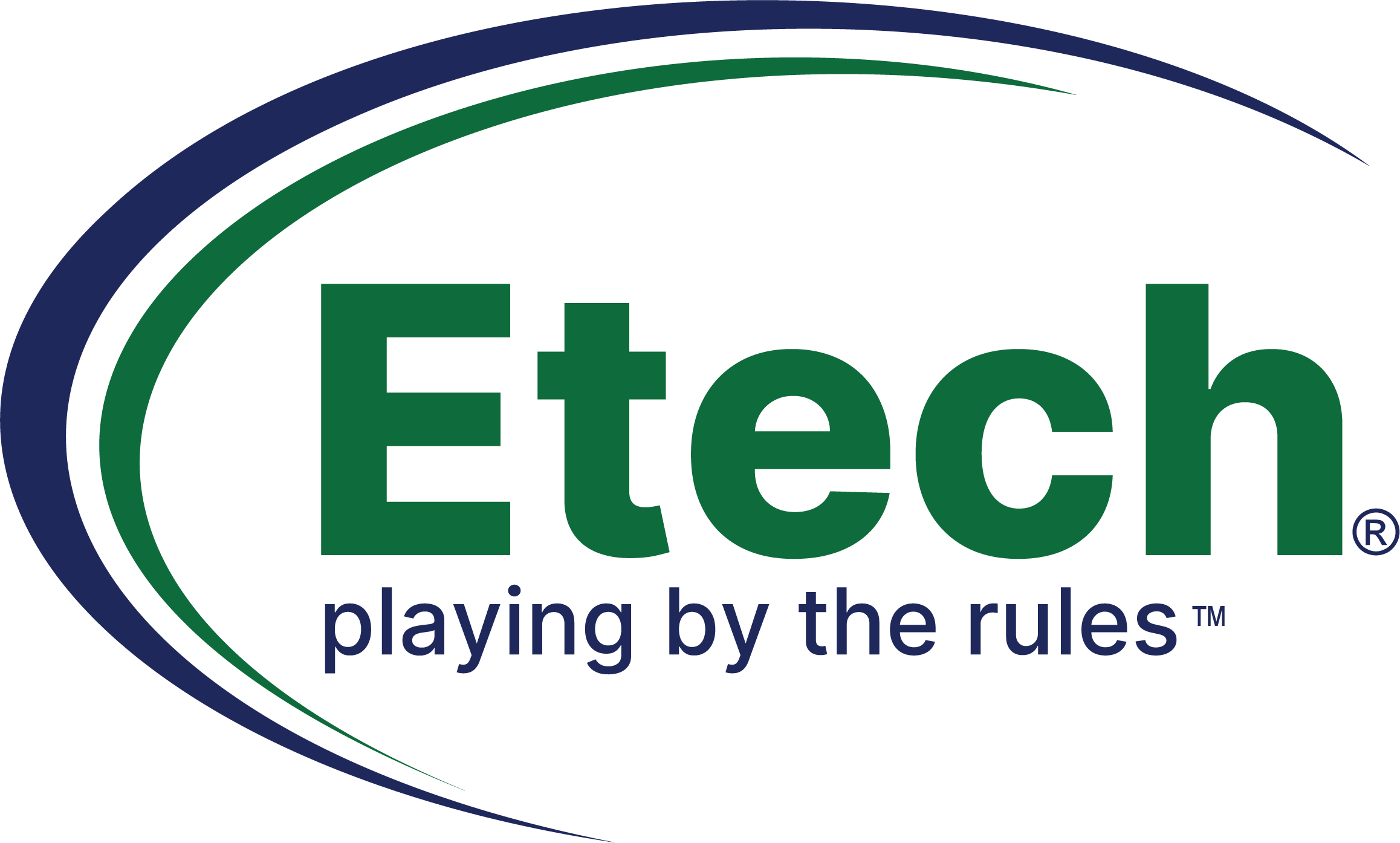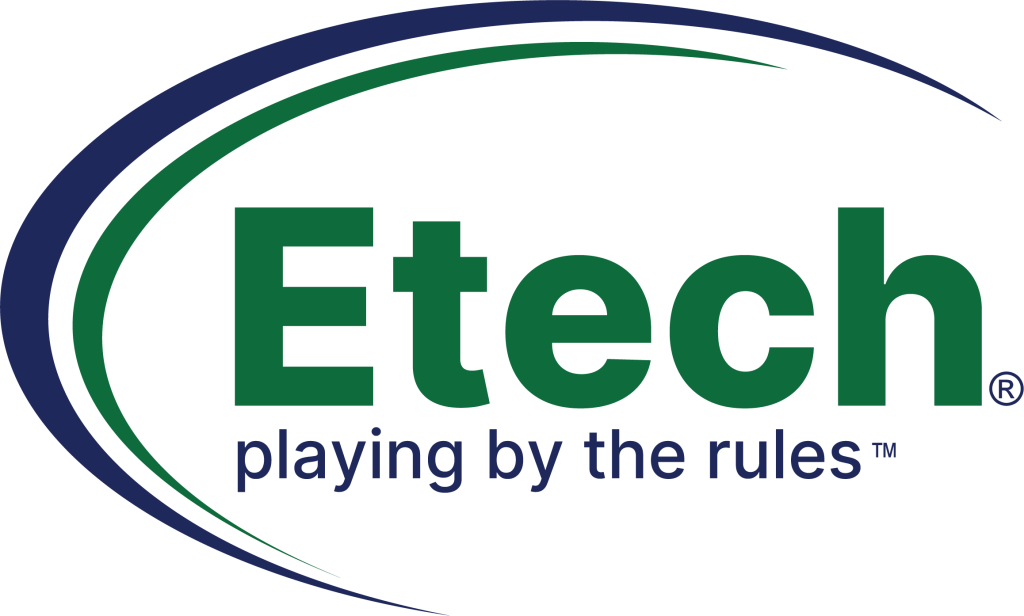Becoming a Focused Leader Part 1
Effective leadership encompasses a myriad of activities but may be thought of as being primarily about directing staff to achieve company goals. Providing that successful direction can be accomplished by targeting leadership focus on the most critical areas. Although focus can be defined as a central point of attention or activity, to be an efficiently focused leader, you must develop the ability to shift attention to the right target at the right time, sense current trends, and growth opportunities. The result will be that the people who follow you will shift their attention to the things you focus on. The urgently focused leader will develop the ability to: Focus on yourself Focus on others Focus on the outer world As Daniel Goleman quoted, “Leaders guide attention. But a single-minded focus on goals can run roughshod over human concerns.” Therefore, you need to be alert not to focus on one area and neglect the others. The challenge is in finding the balance that yields results based on organizational structure. In part 1 of this discussion, we will dig deeper into the first focus point. Focus on Yourself Focusing on yourself does not mean being selfish and working to advance only your personal agenda at every meeting, it means practicing emotional intelligence. You can read more about emotional intelligence here. It begins with being self-aware and in touch with your inner voice. As you develop self-awareness, your gut feelings can simplify your decision-making process by guiding your attention toward the best option. The more you listen to those gut feelings, the more comprehensively you will understand them, leading to better use of your intuition. As a word of cautionary balance however, you should not make all of your decisions solely based on gut feelings only. This process also requires open awareness, meaning that you take note of everything going on around you while at the same time maintaining attention on the critical tasks at hand. Self-control follows self-awareness and includes the cognitive control of your attention where you want it and keeping it there no matter what happens. For example, if you were working on your quarterly sales report and then a colleague calls to chat, you would ask to call them back later. You continue to pursue your goal despite setbacks and distractions. The same self-control helps you keep calm during a crisis to think objectively about the situation and make solid decisions. Self-control is also about exercising your will power. It influences how you act when you exercise self-restraint versus self-gratification and voluntarily disengage your focus from any minor disruptions. You must develop the discipline to resist distractions and concentrate on critical goals. Focused leadership is a balancing act that starts with introspection and evolves to impact the people around you. When you are self-aware and practice self-control, your team will take note and work collaboratively to reach your business goals. Part 2 of the Focused Leader discussion will be coming soon. This blog was first published on LinkedIn


